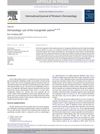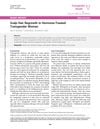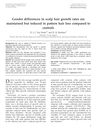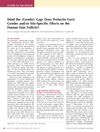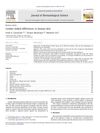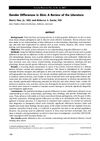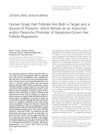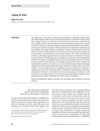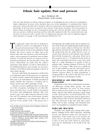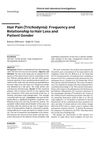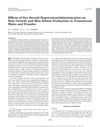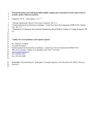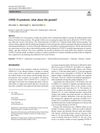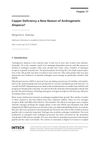Hair and Scalp Variation Related to Gender
January 2018
in “
Springer eBooks
”
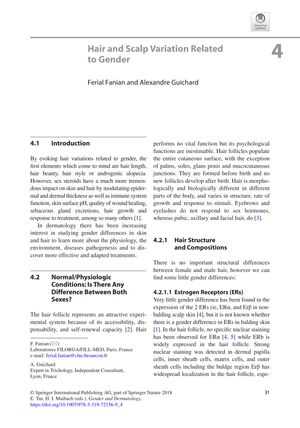
TLDR Gender affects hair and scalp characteristics, with differences in hormone responses, graying patterns, and trace metals.
The document from 2018 examines how gender differences influence hair and scalp characteristics, focusing on the role of sex steroids like estrogen and androgens. It notes that while hair structure is similar between genders, there are variations such as different expressions of estrogen receptors in hair follicles and variations in trace metal composition. Studies show no significant difference in hair growth rate between genders, but there are gender-specific patterns in hair graying and responses to hormones like prolactin, which promotes hair shaft elongation in female scalp hair follicles. Males have higher cortisol and cortisone levels in hair, which are linked to health risks. Hormone therapy in transgender individuals affects hair characteristics, with estrogen reducing hair and sebum production in transgender women and testosterone increasing these in transgender men. Ethnicity and environmental factors also contribute to hair and scalp variations between genders. The document includes studies with a range of participants, from 2484 children to 283 elderly, providing a substantial data set for these findings. Additionally, it discusses hair-based gender identification techniques, the impact of alcohol on hair ETG concentration, pattern hair loss presentations, and the prevalence of scalp disorders and hair care practices by gender.
